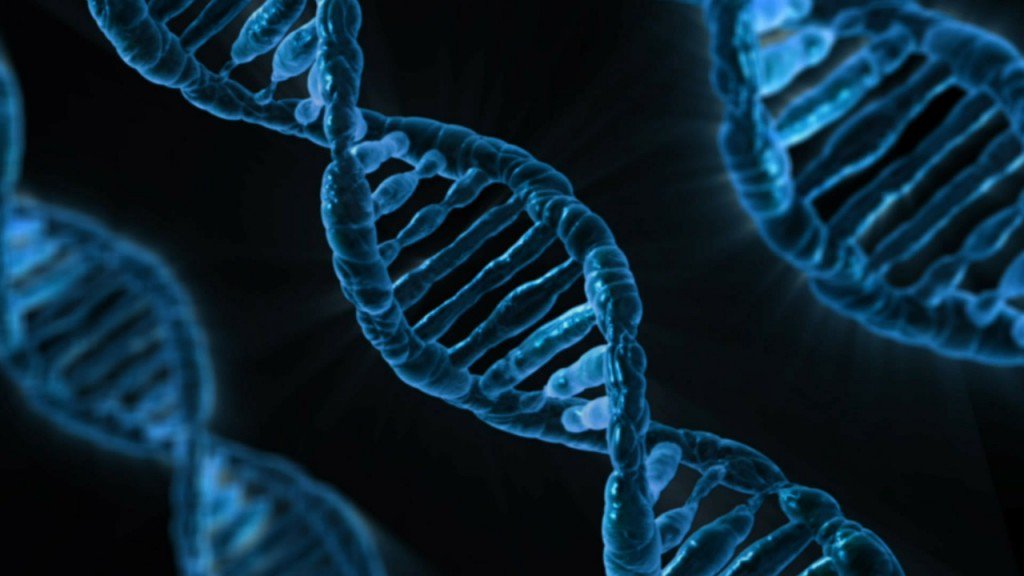-
Tips for becoming a good boxer - November 6, 2020
-
7 expert tips for making your hens night a memorable one - November 6, 2020
-
5 reasons to host your Christmas party on a cruise boat - November 6, 2020
-
What to do when you’re charged with a crime - November 6, 2020
-
Should you get one or multiple dogs? Here’s all you need to know - November 3, 2020
-
A Guide: How to Build Your Very Own Magic Mirror - February 14, 2019
-
Our Top Inspirational Baseball Stars - November 24, 2018
-
Five Tech Tools That Will Help You Turn Your Blog into a Business - November 24, 2018
-
How to Indulge on Vacation without Expanding Your Waist - November 9, 2018
-
5 Strategies for Businesses to Appeal to Today’s Increasingly Mobile-Crazed Customers - November 9, 2018
‘DNA can store digital archives for eternity’
Our DNA structure is basically a hard drive which contains all the genetic information that offers us the shape of human beings.
Advertisement
As we continue to digitize our history, having a stable way to store this information will become increasingly important-earlier this year, Internet pioneer Vint Cerf warned that, “We are nonchalantly throwing all of our data into what could become an information black hole without realizing it”.
In contrast, an ounce (28 grams) of DNA could fit on a penny, store 300 000 terabytes of memory and palaeontologists have shown the information stored in DNA recovered from fossils can survive for up to a million years. Think of the average external hard drive, which is similar in size to John Green’s latest paperback book. In case of computer hard drives 0s and 1s represent the data whereas the DNA code is based on sequence of four chemical nucleotides which are known as A, C, T and G.
Researchers including Robert Grass, Ph.D., of ETH Zurich, successfully encoded 83 kilobytes of text from the Swiss Federal Charter from 1291 and the Method of Archimedes from the 10th century onto DNA.
Their findings revealed that after encapsulating the DNA, warming it to 160-degrees Fahrenheit for a week to replicate the conditions of 2,000 years passing by, they were still able to decode the information without any errors.
That equates to around two millennia at 50 degrees, the researchers say, yet when the data was retrieved and decoded it was complete and error-free.
Grass and the other researchers from ETH Zurich noticed a major flaw in how we save our digital data. It’s still prohibitively expensive, and there’s no system to search and archive the information-something the Swiss researchers plan to look into in the near future.
This article was written by Alexandra Ossola from Popular Science and was legally licensed through the NewsCred publisher network.
Researchers say they’re one step closer to a technology that could safely store digital data for thousands of years – by putting it on microscopic strands of DNA.
The researchers will offer a presentation of their innovative work today, at the 250th National Meeting and Exposition of the American Society.
“If you go back to medieval times in Europe, we had monks writing in books to transmit information for the future, and some of those books still exist”, says Grass.
To date, researchers are still sorting out how to label and search for specific information in the stored data in the DNA and also, making the technique more affordable.
He also shared that the main goal of the project was longevity.
“Right now, we can only read everything that’s in the drop”. If it have been as much as him, he says he would take knowledge snapshots of the ever-evolving Wikipedia, for instance, to protect its numerous iterations so they are not misplaced endlessly as customers make edits.
Advertisement
“This curiosity in preserving info is one thing we have now misplaced, particularly in a digital world”, he says. But I can’t point to a specific place within the drop and read only one file. “And that’s what I’d like to help address and encourage people to do: Save information we have today for future times”.




























